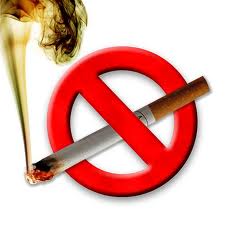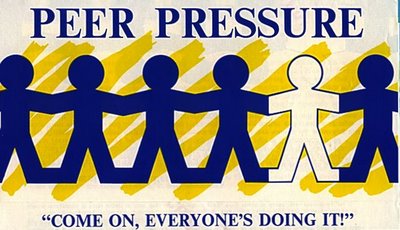Teen smoking had been on a sharp decline since the mid-late 1990’s, but recent data shows that the adolescent smoking rates are rising slightly.
According to a 2005 study done by the CDC, 23% of high school students reported smoking cigarettes in the last month. This is compared with a previous study of high school students that showed 21.9% in 2003. While this data is somewhat discouraging it is far better than the 1997 level of the same survey at 36.4%. The rise appears to be greatest among white and Hispanic teens while the rates of teen smoking declined among black teens.
There is no concrete evidence at this time to show why the teen smoking statistics have declined since 1997, but some believe it is in better awareness efforts. Some also feel that it is due to a decline in media glamorizing smoking.
The CDC study showed that 80% of smokers begin before the age of 18. A similar study which was published by the American Lung Association website shows 90% of smokers begin before the age of 21.
A study that was done by the CDC also found some interesting facts and estimates:
1. About 3,900 teens under 18 start smoking each day.
2. Of the 3,900 teens that start smoking each day – 1500 will become regular smokers.
3. Those who smoke often have secondary behavioral issues such as violence, drug/alcohol use, and high-risk sexual behavior.
Some of the contributing factors of teenage smoking are:
1. Low socioeconomic status
2. Use or approval of smoking by siblings/peers
3. Smoking by parents
4. Availability and price of tobacco
5. Lack of parent support / involvement
6. Lower self-image or self-esteem
Consequences of teen smoking:
1. Chronic cough – if smoking is continued
2. Reduced stamina
3. Bad breath
4. Yellow teeth
5. Stinky clothes
6. Expensive habit – 1 pack/day = about $1000/year.
Some tips for parents to help prevent teen smoking:
1. Educate your child about the dangers of smoking early on.
2. Be a good example. Only 2 percent of smokers have parents who don’t smoke. (Mayo Clinic).
3. Don’t leave cigarettes where children or teens may have access to them.
4. Teach the teen or child refusal skills
The CDC reports more recent teen smoking statistics, from a 2012 survey, that reports nearly identical numbers to the 2005 statistics. Results show 23.3% of high school students confirming their use of some type of tobacco product at least once in the last 30 days. Statistics confirm that males are more likely than females to use tobacco products, but the gap is narrowing. From 2011 to 2012 there was a significant increase in the use of electronic cigarettes among both middle school and high school students. Traditional cigarettes continue to be the most widely used form of tobacco product but the most significant increase of use from 2011 to 2012 was seen in nonconventional tobacco products like electronic cigarettes (ecigs) and hookahs.
Teen Smoking Statistics Sources: CDC, Mayo Clinic, ALA

